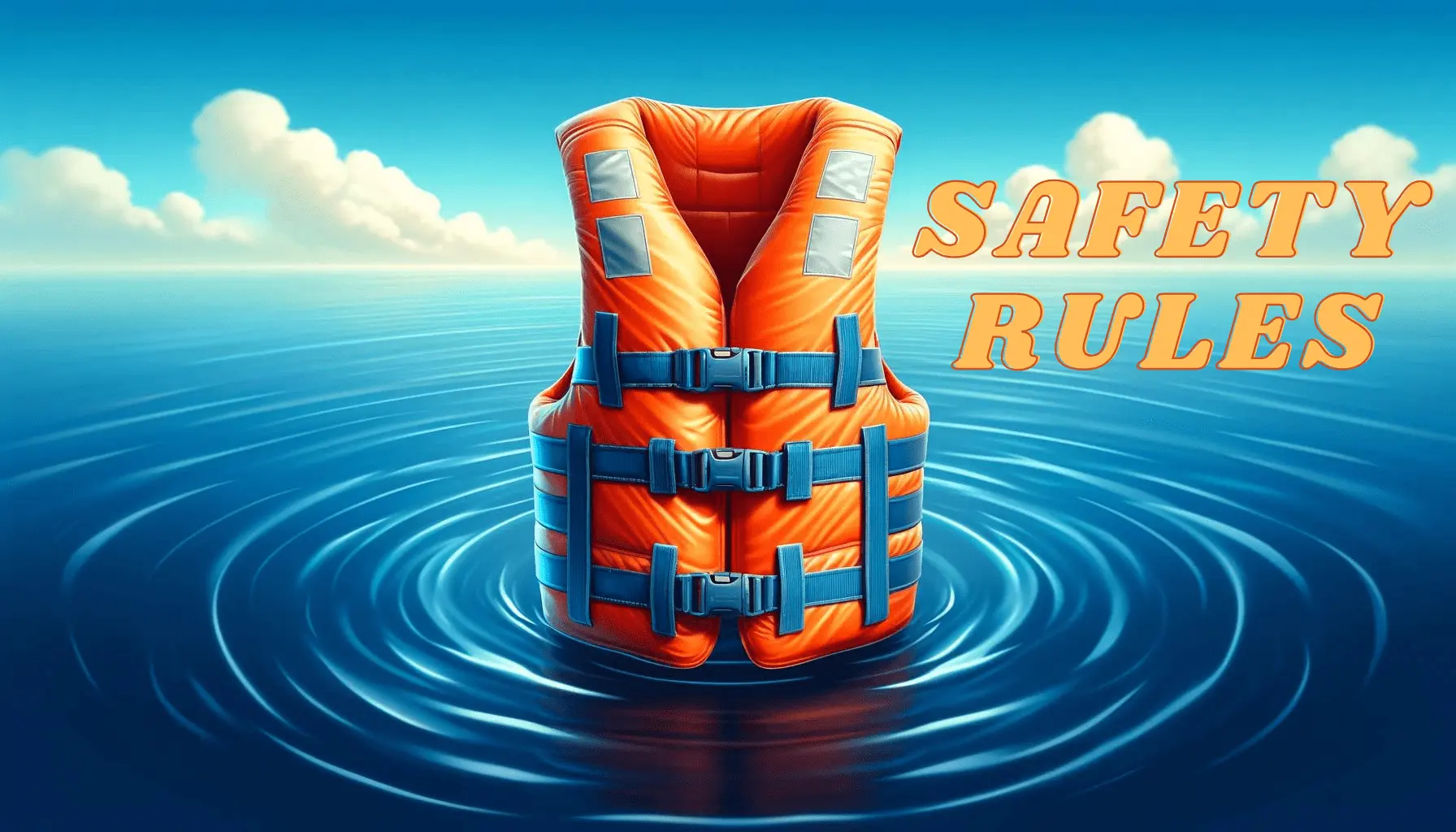Embarking on a kayaking trip promises adventure and serenity, but an overlooked item can turn the tide from exhilarating to hazardous in no time. When you’re skimming across the glassy surface of a lake or navigating the ebbs and flows of a meandering river, are you confident you’ve packed all the kayak adventure essentials? Understanding the delicate balance between minimalism and preparedness can transform your experience on the water. From the fundamental kayaking gear to the nuanced comforts that enrich your journey, each piece serves a purpose. In this guide, we’ll sail through a kayak equipment checklist, ensuring you grasp what to pack for kayaking and pivot from uncertainty to a state of tranquil readiness for your next paddle.
Whether you’re a novice or an expert paddler, the confluence of safety, convenience, and the sheer joy of exploration rests on the essential items for kayaking you stow in your vessel. A comprehensive kayak trip essentials list is your silent guardian against capricious weather shifts, unforeseen mishaps, and the simple human oversight that might otherwise ripple out into distress. Strap in, secure your life jacket, and refine your packing prowess. A prepared kayaker is an empowered kayaker, and with these curated tidbits, your excursion will be nothing short of legendary.
Key Takeaways
- Identifying the non-negotiable kayaking gear for various water conditions.
- How to curate the perfect kayak equipment checklist tailored to your trip’s duration and destination.
- The importance of balancing essential items for kayaking with personal preferences for a satisfactory experience.
- Integrating kayak trip essentials that go beyond safety into convenience and enjoyment.
- The value of preparation: What to pack for kayaking to ensure a seamless adventure.
- Practical advice for first-time and experienced paddlers to pack smart for any kayak adventure.
The Essentials for Kayaking: Gearing Up for Your Trip
Preparing for a kayak trip involves curating the right mixture of kayak trip essentials to ensure a journey that is both enjoyable and secure. Below, we analyze the key components that should be on every kayak trip packing list, emphasizing safety, comfort, and suitability for the unique demands of different waterways.
Kayaks and Paddles: Choices for Different Waterways
Selecting the appropriate kayaking gear begins with choosing the right kayak and paddle. For novices, a stable recreational kayak with a large cockpit offers comfort and ease of entry. Contrastingly, seasoned paddlers may prefer the versatility of sit-on-top models or touring kayaks designed for longer expeditions. The choice of paddle, equally crucial, hinges on personal stature and kayak width, advising paddlers to opt for lightweight options like aluminum or fiberglass to reduce fatigue over extensive periods on the water.
Personal Flotation Devices: A Must-Have Safety Gear
No kayaker should underestimate the importance of a personal flotation device (PFD). Not only is it mandated by law in many states for safety, but the right PFD also offers unrestricted movement—vital for effective paddling and crucial in the event of an emergency. Look for a PFD that is U.S. Coast Guard-approved to ensure maximum safety.
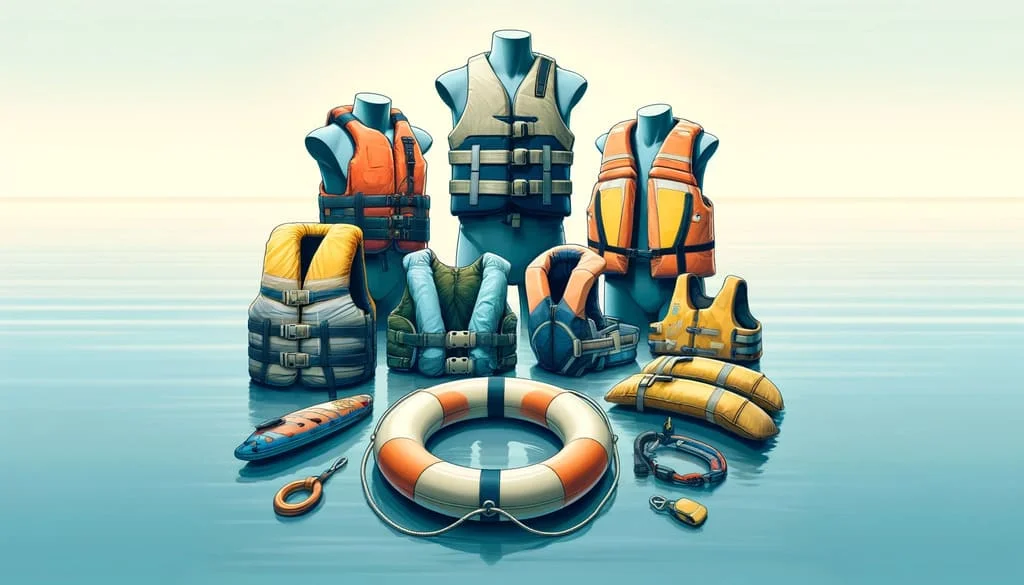
Buoyancy Aids: Ensuring Comfort and Movement
While similar in function to PFDs, buoyancy aids are designed to offer a comfortable fit that allows for a full range of motion, especially around the neck and arms. This ensures paddlers can perform at their best and respond swiftly to changing conditions. Remember, the best kayaking gear will always blend safety with comfort to provide an optimal kayaking experience.
Kayak Clothing: Dressing for the Waters Ahead
Embarking on a kayak adventure means preparing for changing conditions and ensuring comfort during your paddle. Whether skimming across a sunlit lake or navigating cooler, choppier waters, what to take with you on a kayak trip in terms of clothing can make all the difference. Appropriate attire is not just about comfort — it’s among the essential items for kayaking that safeguard against the elements and enhance your performance.
Warm-Weather Apparel: From Rashguards to Neoprene Footwear
When the sun is high and the water’s warmth tickles your toes, lightweight, breathable clothing is key. A rashguard should top your list, designed to wick away moisture while protecting your skin from prolonged sun exposure. Accompany these with quick-dry shorts and neoprene footwear, which offer a snug fit and protection without compromising on comfort. Accessories like broad-brimmed hats and UV-blocking sunglasses complete your ensemble, readying you for a day under the open sky.
Cold-Weather Considerations: Dry Suits and Pogies
Cooler climates call for kayaking gear that maintains your core temperature and repels water. A well-fitted dry suit seals out the chill and keeps you dry, even if you take an unexpected plunge. Underneath, opt for synthetic or wool layers that continue to insulate even when wet. Don’t overlook your extremities — wool socks, paddling gloves, and even pogies for your hands shield against the biting cold, turning a potentially treacherous trip into a pleasant journey, regardless of the mercury’s whims.
Kayaking ventures are thrilling experiences that demand thoughtful preparation. By prioritizing essential items for kayaking and dressing appropriately, you champion your safety and enjoyment, guaranteeing that every paddle stroke is accompanied by a smile, regardless of the season’s offering.
Navigation and Communication: Stay on Course and Connected
Navigating the serene waters of a kayak trip is part of the enthralling allure, yet it demands a certain level of preparedness to ensure your journey is both safe and enjoyable. Including the proper navigation and communication tools in your kayak trip packing list is not just a matter of precaution; these items are kayak adventure essentials for any paddler’s arsenal. We’ll explore the indispensable equipment that should accompany you, ensuring you stay on course and connected, no matter where your paddling takes you.
Reliable Maps and Compasses: Essential for Kayak Trips
Whether embarking on a tranquil float down a lazy river or navigating the rugged waters of a coastal inlet, possession of reliable maps and compasses cannot be overstated. The core of what to pack for kayaking must always include a physical, waterproof map and a floating compass as your primary tools for directional guidance. These crucial items provide an analog backup that remains functional in areas where digital devices might fail. A wristwatch is also recommended for keeping track of time; an underrated, yet vital aspect of navigation.
Communications Equipment: VHF Radios and Two-Way Radios
Staying in touch with your kayaking companions or reaching out for help in emergencies is facilitated by the right communications equipment. A weatherproof VHF radio, tuned into local emergency frequencies, is invaluable for updates on weather changes and crucial safety alerts. Meanwhile, two-way radios serve as a reliable line of communication between group members. Always check your signalling devices—like emergency flares and strobe lights—before departing, especially if your adventure steers you toward more secluded areas.
Integrating these navigational and communicative elements into your kayak adventure essentials guarantees that you’re prepared for the unexpected. Beyond the sheer thrill of exploration, they deliver a sense of security that allows you to truly immerse in the splendor surrounding you.
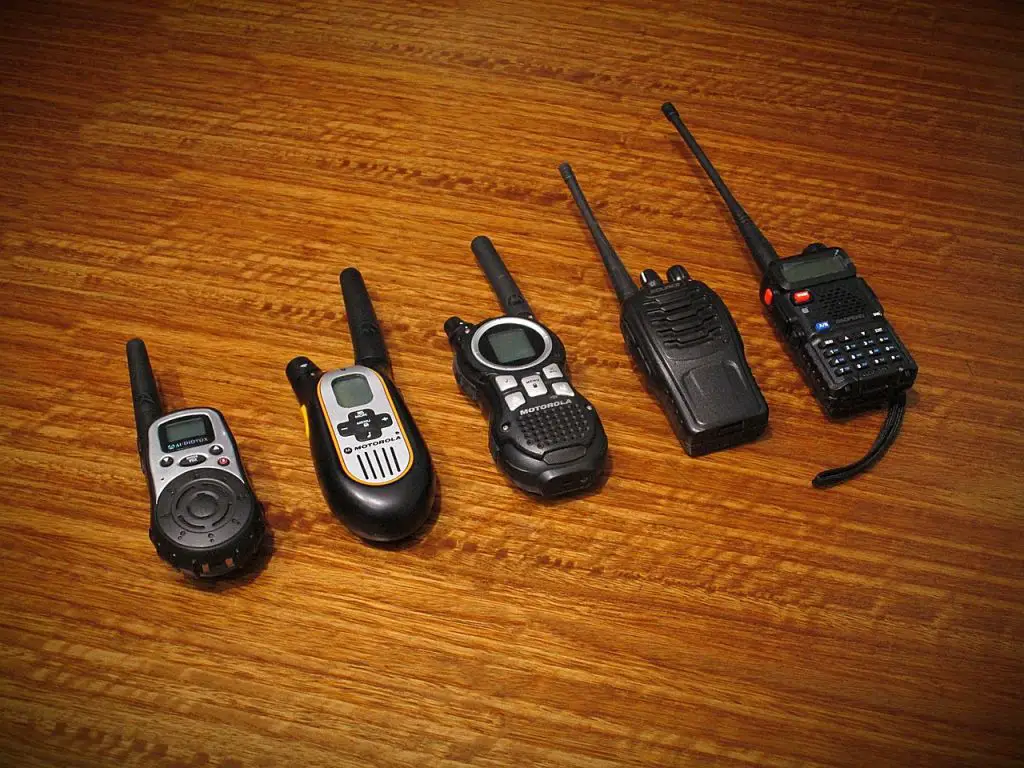
What to Pack for Kayaking: Personal Item Essentials
Embarking on a kayak trip is an exciting adventure that requires careful preparation. Among the essential items for kayaking, certain personal items stand out as particularly crucial for comfort and safety. These selections are not merely about conveniences; they wield the power to transform your experience on the water, shielding you from the elements and sustaining your energy throughout the journey.
Sun Protection Gear: Sunglasses, Sunscreen, and Hats
Protection from the sun is vital when you’re out on the water where its reflective glare can intensify. To safeguard your eyes, UV-protection sunglasses are a must, and coupling them with retainer straps ensures they stay in place, even if you encounter choppy conditions. For your skin, a high-SPF sunscreen is key in preventing sunburn. Wear a wide-brimmed hat to shield your face and neck, and consider clothing that offers UV protection as well. These items are essential not just for comfort but also for preventing serious long-term health risks associated with sun exposure.
Hydration and Energy: Water and Snacks to Keep You Going
Maintaining hydration and energy levels is imperative on any kayak trip. For hydration, always carry water bottles, or for longer trips, a hydration bladder system, which offers convenience and ease of use. Fueling your body is of upmost importance too, so packing snacks such as energy bars or trail mix provides you with the sustenance needed to maintain paddling strength and concentration. All these items should be stored in dry bags to keep them safe and dry, while additional essentials like insect repellent and waterproof matches should be secured in watertight containers. This meticulous preparation ensures that when you ask yourself what to take with you on a kayak trip, you’re confident in having all your bases covered.

Kayak Safety Gear: Preparing for the Unexpected
When embarking on a kayaking excursion, the thrill of exploration comes with a responsibility to be equipped for every eventuality. Thus, having the must-have gear for kayaking is not merely a suggestion, it’s a fundamental aspect of trip planning. This includes a diverse array of safety equipment designed to offer assistance and protection should challenges arise.
Signaling Devices and Repair Kits for Emergency Situations
As part of your kayak trip essentials, signaling devices are crucial for alerting others in times of distress. These range from auditory signals like whistles, capable of piercing through ambient nature sounds, to visual aids such as headlamps and emergency strobe lights that are indispensable during low light conditions or at night. Pairing these with comprehensive repair kits, containing multi-tools and diverse sealants, equips you to swiftly address gear malfunctions, safeguarding against interruptions to your adventure.
- Signaling whistle
- Headlamp with additional batteries
- Emergency flares and strobe lights
- Multi-functional repair tools
- Duct tape and sealant for quick fixes
First Aid: A Comprehensive Kit for Minor Injuries and Ailments
Being prepared with a robust first aid kit stands as an essential safeguard. It should be tailored to include all necessary items for addressing minor injuries and common ailments. Pain relievers, antiseptic creams, bandages, and anti-inflammatory medicines are among the fundamental components of a first aid arsenal fit for any kayaker’s peace of mind.
- Waterproof and adhesive bandages
- Antiseptic wipes and creams
- Sterile gauze and medical tape
- Over-the-counter pain medication
- Anti-inflammatory drugs
- Tweezers and scissors
In summary, the integration of these kayak trip essentials into your gear list is a testament to a well-informed and cautious approach to kayaking. By preparing for the unexpected with appropriate safety gear and a comprehensive first aid kit, your journey on the water can be as tranquil and secure as the serene environments you seek to explore.
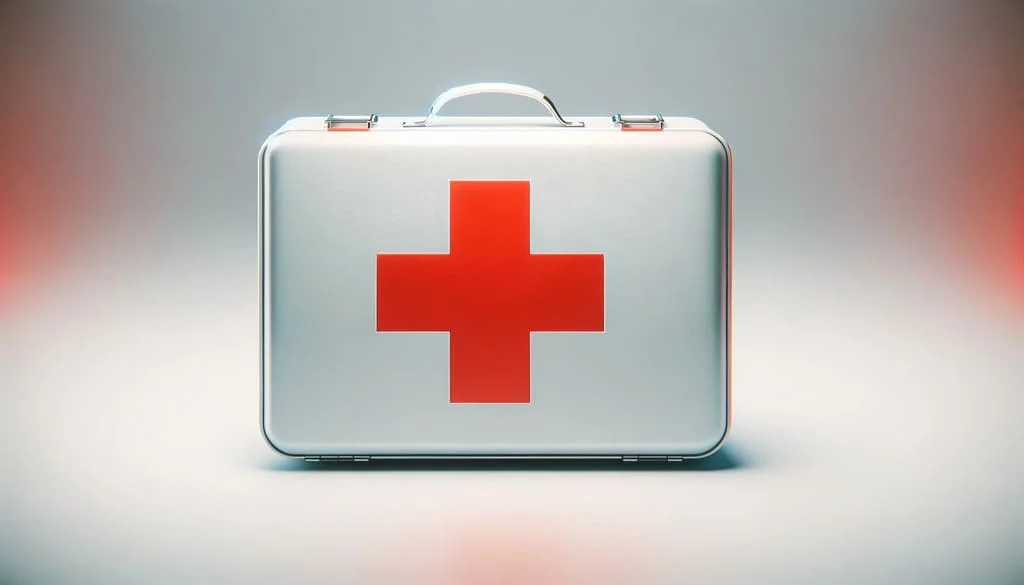
Comfort and Convenience: Optimizing Your Kayak Trip
Embarking on a kayak journey necessitates not only enthusiasm but also a focus on comfort and convenience. The right adjustments and selections can make a remarkable difference in how you experience your time on the water.
Seating and Storage: Making the Most of Kayak Space
Equipping your kayak with adjustable seating that supports the back and thighs can transform hours spent paddling into a pleasure, rather than a chore. Likewise, using foot pedals that are easy to adjust and reliable in steering, add a layer of control and comfort to your journey. Your kayak equipment checklist should include an inspection of storage options. Utilizing dry bags that conform to the unique shapes of kayak compartments ensures that every inch of space is smartly used. This strategic approach to packing not only keeps your belongings dry but also stabilized and accessible.
Camping Gear: Selecting Lightweight and Compact Options
For those whose adventures span overnight stays, choosing the right camping equipment is crucial for a seamless transition from paddling to repose. Lightweight tents that pack down small, compressible sleeping bags, and inflatable pads are cardinal for keeping your kayak trip packing list lean yet functional. This deft balance between size and utility ensures that your gear can be quickly unpacked and deployed or stowed away, enabling you to focus more on the adventure and less on the gear logistics.
Clothes and Accessories for Kayaking: What to Wear On the Water
When preparing for a kayak trip, selecting the right apparel is as crucial as remembering your paddle and life vest. What to take with you on a kayak trip includes not only gear and gadgets but also clothing that can handle the spray of the waves and the warmth of the sun. To ensure your time on the water is as comfortable as it is fun, your wardrobe choices should be strategic—built for layering, tailored to the climate, and designed for an aquatic environment.
Layering Strategies for Varied Temperatures
The challenge in kayaking attire is to stay warm without overheating, making layering an optimal choice. Here’s how to layer effectively:
- Begin with a moisture-wicking base layer that sits close to the skin, keeping you dry by transporting sweat away.
- Add an insulating middle layer, such as a fleece, to trap warmth.
- Top off with a waterproof and wind-resistant outer layer to protect against the elements.
This layering system allows for adjustments according to the day’s conditions and your activity level, making it a vital strategy for essential items for kayaking.
Quick-Dry Clothing and Moisture Management
Quick-dry fabrics are arguably the single most essential feature of kayaking apparel. A sunny day can turn overcast, and you may find yourself splashed or fully submerged. Outfitting yourself in nylon or polyester garments can significantly enhance your comfort and safety on the water. These materials provide excellent moisture management, ensuring that even if you get wet, you won’t stay wet for long.
Paddling in clothes that dry quickly is not just about comfort; it’s about reducing the risk of hypothermia in cooler waters or during an unexpected bout of bad weather.
Accessories like paddling gloves and neoprene pogies give your hands the necessary protection and improve grip, ensuring a focused mind on the rhythm of the paddle rather than the chill in your fingers. In essence, every piece of clothing from your hat down to your socks should be chosen with an understanding of its functionality—not just its appearance—on your kayaking journey.
What to take with you on a kayak trip: Extras for Enhanced Experience
When compiling your kayak trip packing list, including a few additional items can transform a good outing into an unforgettable kayak adventure. Beyond the essentials, think about what could augment the enjoyment of your journey, capturing memories and exploring off-the-beaten-path discoveries.
Camera and Binoculars: Capturing the Beauty of Your Trip
Bringing a water-resistant camera allows you to document the breathtaking vistas and unique wildlife sightings synonymous with kayak excursions. Whether it’s a high-end DSLR or a rugged action cam, ensure your device is equipped to handle splashes and humidity. Binoculars also make a worthy addition, especially for birdwatchers, or if you’re kayaking through areas with scenic overlooks or rich in marine life. Observing the details of nature can add a layer of depth to your adventure.
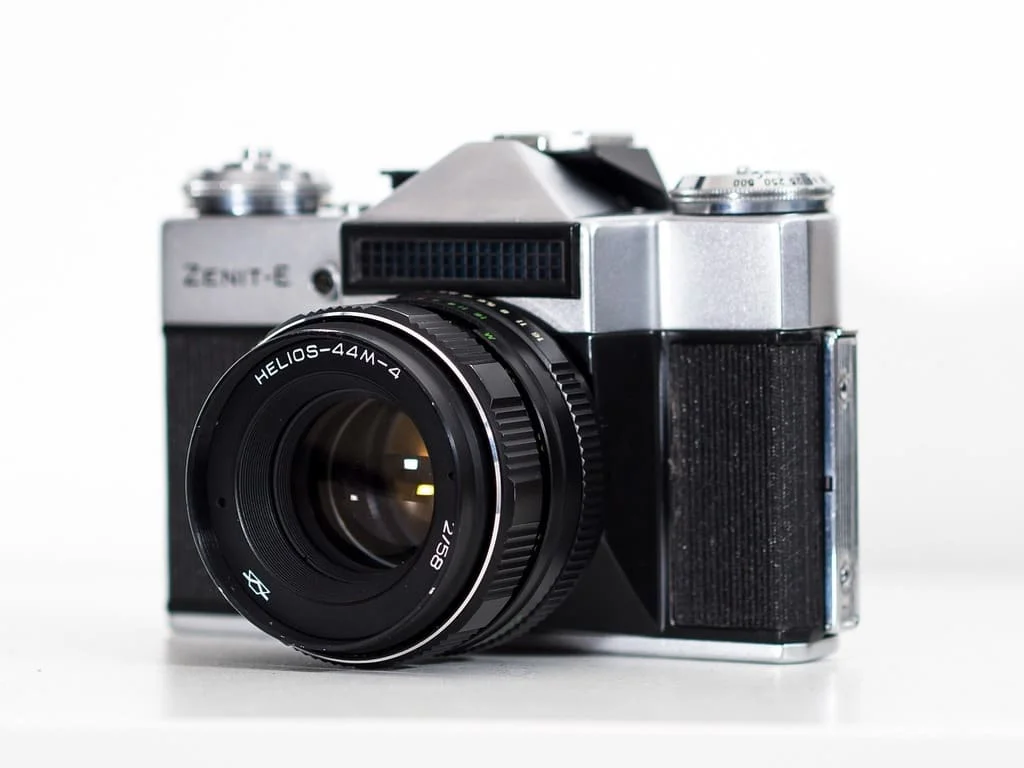
Guidebooks and Fishing Gear: Additional Activities on Your Journey
Enrich your knowledge and appreciation of the surroundings with a couple of well-chosen guidebooks. These can provide valuable context about the ecosystem, intriguing historical facts, and help you identify the flora and fauna you encounter. For those who appreciate the serenity of fishing, pack your fishing gear, but always check for necessary permits and familiarize yourself with local fishing regulations. It’s not just about the catch; it’s the peace that comes from being one with the water that many find irresistible.
- Notebooks and pencils for jotting down thoughts or sketching the landscape
- Energy drinks or electrolyte powders to maintain your stamina
- Additional waterproof bags to keep your extras safe and dry
These personalized touches on your packing list cater to your interests and ensure your time on the water is as enjoyable as it is memorable. It’s these little extras that often make for the best stories—ones that you’ll share for years to come.
Kayak Trip Planning: Ensuring You Don’t Forget Anything
Paddling into the tranquil waters on a kayak trip requires not just strength and stamina but also thorough planning. As you lay out the kayak equipment checklist and gather the must-have gear for kayaking, remember that the devil is in the details. From mapping out the journey to being ready for unexpected scenarios, your careful preparation will set the foundation for a seamless adventure.
Trip Itinerary and Permit Requirements
Before you dip your paddle into the water, crafting a detailed itinerary serves as a master plan for your journey. Double-check access points, estimated travel times, and take note of potential stopover locations. Leave a copy of your plan with a reliable contact and ensure that any necessary permits or fees have been taken care of in advance. Gathering this documentation is crucial, so you’re not caught off-guard upon arrival at your destination.
Back-up Plans and Safety Precautions
When venturing into the wilderness, unpredictability comes with the territory. Weather can change rapidly, water levels can rise, and routes may become blocked. Check the weather before the trip according to sources such as the National Weather Service. In light of this, it’s wise to clearly detail alternate plans in your itinerary. Updating your safety measures, such as checking on emergency exit points and familiarizing yourself with local rescue services, should be paramount. With every piece of gear accounted for, and all eventualities considered, you will set off knowing that peace of mind is packed right alongside your essentials.
Remember, every kayaker’s journey is unique, and your preparations must reflect the nature of your trip. Combine your first-hand experiences with common sense and up-to-date information to forge a path to incredible kayaking memories. Whether you are gliding through a serene lake or navigating a challenging river, the meticulous attention paid to planning will enrich your experience and ensure that the only surprises are the pleasant kind.
Conclusion
As you reflect on the journey ahead, ensuring that each piece of your kayak trip packing list is meticulously reviewed becomes paramount. Essential items for kayaking serve as the backbone of your expedition, providing safety, ease, and efficiency. Forethought in the selection of gear guarantees that your time spent navigating the waters will be both enjoyable and secure. It’s the meticulous attention to packing the right essentials that often distinguishes a good trip from a great one.
Reviewing Your Kayak Trip Packing List
Embarking on your aquatic adventure requires a final, thorough review of your gear. Confirm that you have all the kayak trip essentials, from navigation tools to your trusted personal flotation device. Encountering challenges on the water is part of the experiences that sharpen your paddling proficiency. Nevertheless, having a well-curated checklist that you can rely on lessens uncertainties and equips you with the confidence to embrace whatever comes your way.
Personalizing Your Gear Based on Experience and Preferences
As your paddling journeys proliferate, so does the understanding of your unique needs and preferences. An adept kayaker recognizes that gear is not a one-size-fits-all; it’s a collection shaped by a palette of personal experiences and evolving preferences. Each ripple and wave you encounter informs the next tweak in your equipment list, ensuring that your kayak trip essentials are harmonized with your level of skill and the conditions you aspire to conquer. Ready your gear, personalize your essentials, and venture forth to waters new and known with the poise of a prepared paddler.
FAQ
What are the basic kayaking gear items I need for a day trip?
For a day trip, you should have a kayak, paddle, personal flotation device (PFD), bilge pump, spray skirt for cooler conditions, and dry bags for personal items as your basic kayaking gear. Don’t forget sunscreen, water, and snacks for your personal comfort.
How do I choose the right kayak and paddle?
Select a kayak based on the type of water you’ll be navigating—calm lakes or rivers suggest a recreational kayak while open or rough waters might require a sea or touring kayak. For paddles, consider your height and the width of your kayak and opt for lightweight materials like aluminum or fiberglass to reduce fatigue.
Are buoyancy aids different from personal flotation devices?
Yes, buoyancy aids are designed for activities where you expect to get wet and offer more freedom of movement, making them suitable for kayaking. PFDs, on the other hand, are designed with safety and flotation as the primary goal and are necessary for compliance with regulations in many areas.
What clothing should I wear for kayaking in warm weather?
In warm weather, wear lightweight, moisture-wicking clothing like rashguards, breathable tops, and neoprene footwear, along with a hat and sunglasses for sun protection. Always dress for the possibility of getting wet and having some sun exposure.
What extra gear do I need for cold-weather kayaking?
For cold-weather kayaking, you’ll need a dry suit or wetsuit, paddling gloves or pogies, and layers of synthetic or wool clothing to keep you warm without absorbing too much water. A warm hat and waterproof socks can also provide additional warmth.
Why is it important to have navigational tools for kayaking?
Navigational tools like maps, charts, and compasses are essential for staying oriented during your kayak trip, especially in unfamiliar waters or extended journeys. They help prevent getting lost and ensure you can follow your intended route.
What types of personal items should I take with me on a kayak trip?
Important personal items include sunglasses with UV protection, sunscreen, a hat, water bottles or hydration systems, and non-perishable snacks. Store these in dry bags to keep them safe from water
What safety gear should I pack for an emergency?
Always carry a signaling whistle, headlamp with extra batteries, comprehensive first-aid kit, emergency flares, and a kayak repair kit on your trip. These items are critical for handling unexpected situations and ensuring your safety.
How can I make my kayak trip more comfortable?
For comfort, make sure your kayak has adjustable seating and foot pedals for proper support and steering. Opt for lightweight and compact camping gear if you plan to stay overnight, and always pack your belongings in efficiently organized, waterproof storage.
What should I wear to stay dry and comfortable on my kayak?
Wear quick-drying and moisture-wicking fabrics such as nylon and polyester. Dress appropriately for the water temperature—with layers like rash guards, synthetic or wool socks, and wetsuits or dry suits to stay warm and dry.
Can I bring extra items like cameras or fishing gear on my kayak trip?
Yes, you can bring extra items like water-resistant cameras to capture the scenery, binoculars for birdwatching, guidebooks to learn about the area, and fishing gear—for which you should check local regulations and licenses.
What are the essentials for kayak trip planning?
For a successful trip, plan your route and have a backup plan. Leave a copy of your itinerary with someone on shore. Ensure you have any necessary permits or licenses and familiarize yourself with the local wildlife and weather conditions.
How often should I review and update my kayak trip packing list?
Review and update your packing list before every trip to reflect your current skills, preferences, and the specific conditions you will encounter. Regular updates help ensure you’re always prepared for the waterways you choose to explore.

